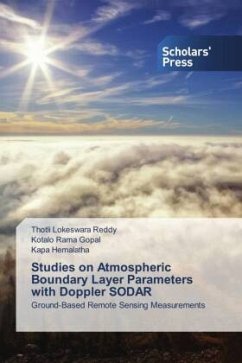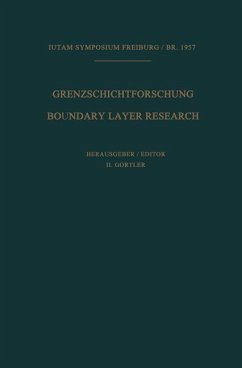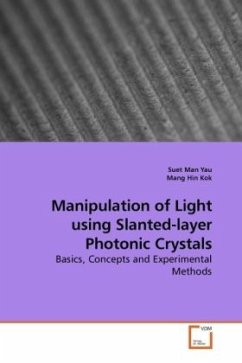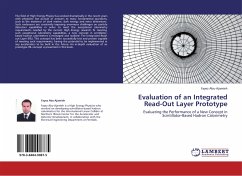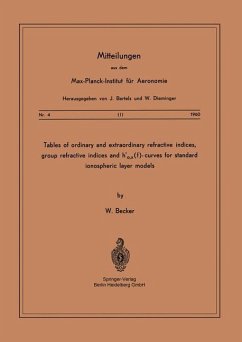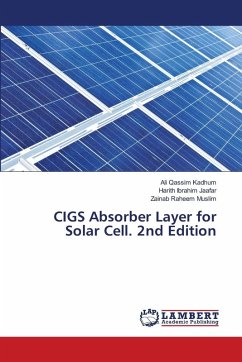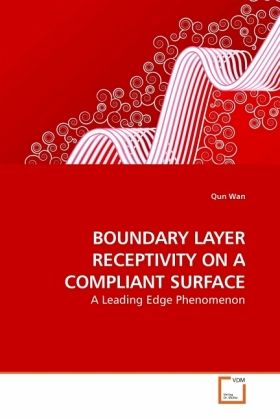
BOUNDARY LAYER RECEPTIVITY ON A COMPLIANT SURFACE
A Leading Edge Phenomenon
Versandkostenfrei!
Versandfertig in 6-10 Tagen
39,99 €
inkl. MwSt.

PAYBACK Punkte
20 °P sammeln!
Boundary layer receptivity of 2D laminar incompressible flow over a compliant surface is investigated numerically. Free stream acoustic waves, propagating parallel to a flat plate with a compliant surface is considered. In this study, mean flow is approximated by a Blasius type eqn. and flow perturbation by the LUBLE eqn. Perturbation waves in the compliant layer are modeled by a set of PWE eqns. Interaction occurs along the interface between flow and the compliant surface. Interaction proceeds in accordance with continuity of velocity and stresses at the interface. The coupled problem is solv...
Boundary layer receptivity of 2D laminar incompressible flow over a compliant surface is investigated numerically. Free stream acoustic waves, propagating parallel to a flat plate with a compliant surface is considered. In this study, mean flow is approximated by a Blasius type eqn. and flow perturbation by the LUBLE eqn. Perturbation waves in the compliant layer are modeled by a set of PWE eqns. Interaction occurs along the interface between flow and the compliant surface. Interaction proceeds in accordance with continuity of velocity and stresses at the interface. The coupled problem is solved numerically using a combination of Keller box method for flow and SLOR for the compliant layer. Results show that compliant-wall related perturbations tend to grow in size in the downstream direction, achieving their maximum amplitude at the downstream end of the compliant layer. Beyond the compliant layer, the perturbation decays very rapidly back to the rigid-wall value. The results also show that the farther the pulse is, the slower is the downstream decay rate of the disturbance. The effects of various flow and wall parameters are also studied in detail.




